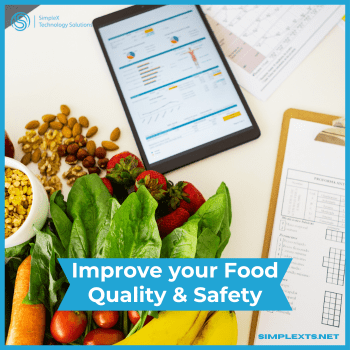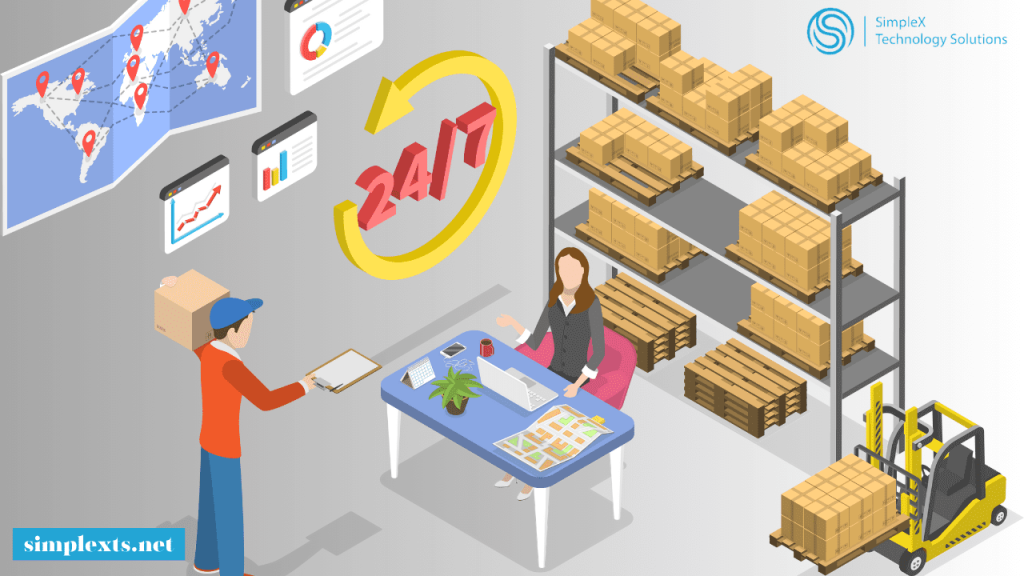In the food industry, it is very important to keep food safe. Restaurants, cafes, and eateries must always follow high standards to keep their customers safe and obey the rules. Restaurant Operations Management Systems can help ensure food safety at every stage, from procurement to serving. In this article, we explore five powerful ways in which these systems can enhance food safety, setting the stage for a safer and more reliable dining experience.
1. Streamlining Inventory Management
To keep food safe, restaurants need to know what ingredients they have and how fresh they are. Restaurant Operations Management Systems can help track inventory levels in real-time so that ingredients are used before they expire.
These systems often have alerts and reminders when food is running low or close to its expiration date. This approach helps prevent food waste and reduces the risk of serving spoiled or contaminated ingredients.
2. Temperature Monitoring and Control
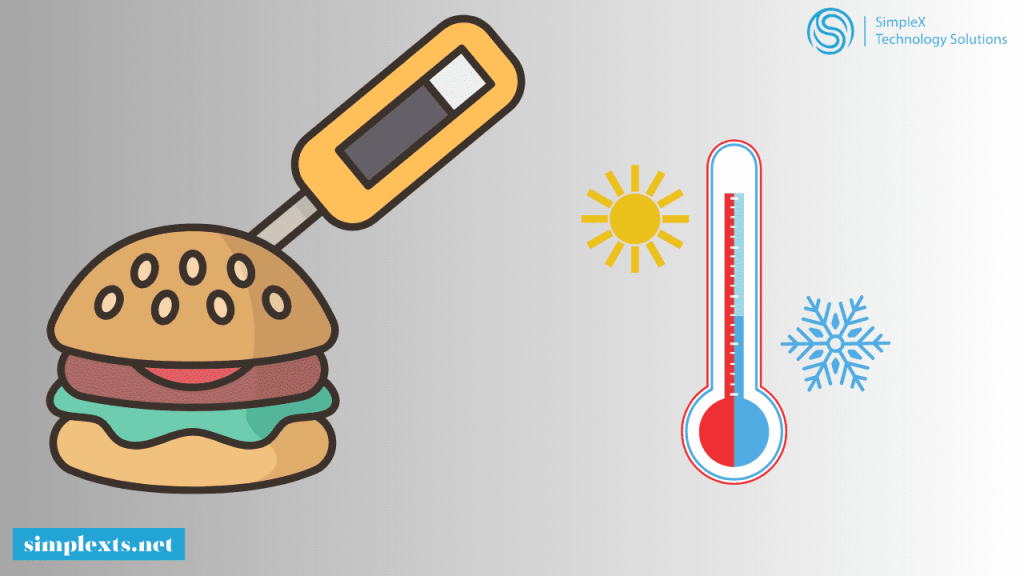
Restaurants must keep food at the right temperature. Restaurant Operations Management Systems can connect to temperature sensors to show the temperature of refrigerators, freezers, and cooking equipment in real-time.
This feature is invaluable in preventing the growth of harmful bacteria and ensuring that food is stored and cooked at safe temperatures. In the event of a temperature deviation, the system can send immediate alerts to designated personnel, enabling swift corrective action and preventing potential foodborne illnesses.
3. HACCP Compliance
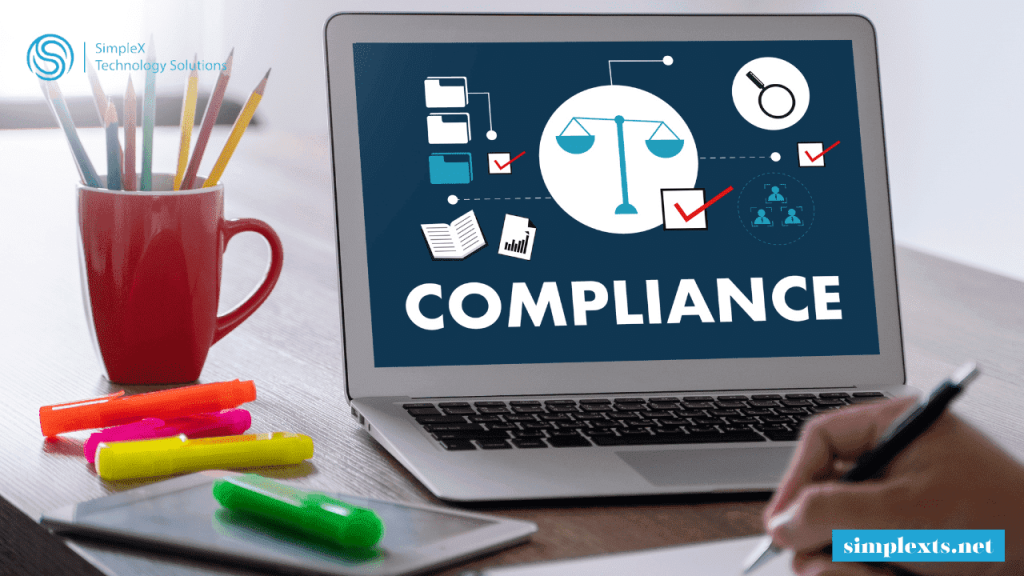
Hazard Analysis and Critical Control Points (HACCP) rigorously identify and mitigate potential food safety hazards. Restaurant Operations Management Systems make stringent HACCP principles easier for establishments to comply with by customizing them.
By automating HACCP checks and documentation, these systems reduce the margin for error and ensure that all critical control points are consistently monitored and recorded. This meticulous approach not only significantly enhances food safety but also reduces the risk of contamination and helps restaurants stay in compliance with regulatory requirements.
4. Staff Training and Accountability
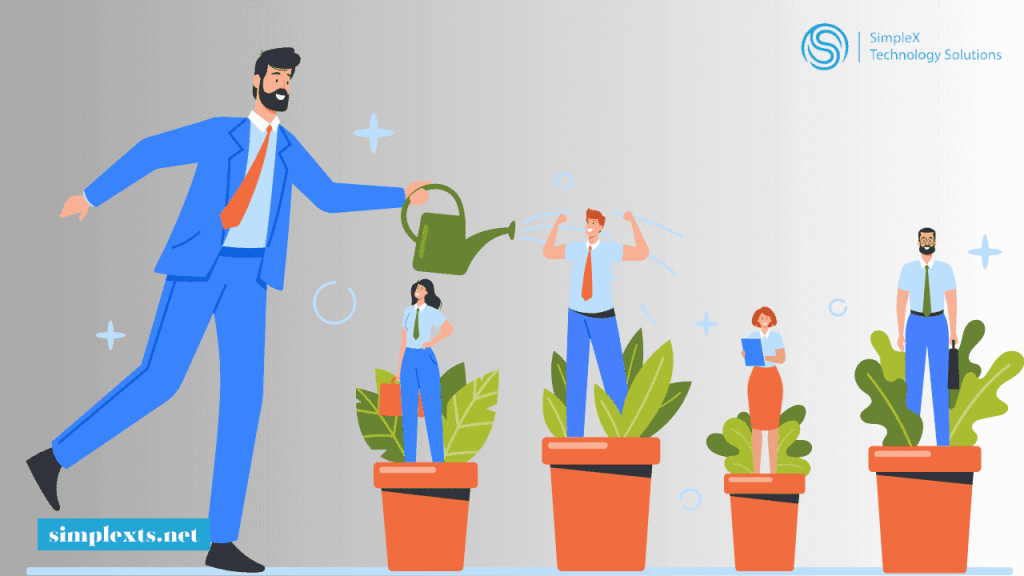
Food safety is a team effort that all restaurant staff must do. Restaurant Operations Management Systems can help train and hold staff accountable. They can give all employees training materials, quizzes, and certifications to make sure they know food safety rules.
The software can also track how well each staff member is doing, and show which areas they need more training in. This makes sure everyone is responsible and careful, which helps keep food safe.
5. Guest Feedback Integration

Restaurants can improve food safety by listening to customer feedback. In order to, Restaurant Operations Management Systems can connect to customer feedback platforms.
By quickly solving food safety problems reported by customers, restaurants can show they care about safety and customer health. As a result, this feedback loop helps restaurants improve food safety measures over time.
Conclusion:
Restaurant Operations Management Systems are indispensable tools for elevating food safety standards in the food service industry. Restaurant ops systems empower restaurants to provide safer dining by streamlining inventory, and monitoring temps, HACCP, staff training, and feedback. These measures boost food safety and brand reputation.
If you want to read more information about how to boost traffic on your website, click here
Follow us on LinkedIn

